If you’ve been recording for a while, you’ve probably wondered whether an outboard mic preamp will really make a difference. The short answer? Yes, but only if you pick the right one for your setup and your microphones. A good preamp can add clarity, vibe, and headroom that your audio interface’s built-in pres just can’t match. Here are some of the best budget-friendly options worth considering.
Recommended Reading
Check out these related guides to take your recordings further:

This guide covers the most reliable software tools to shape your mix, from EQ and compression to mastering limiters. If you want to polish your recordings alongside a solid preamp, these plugins are a great next step.
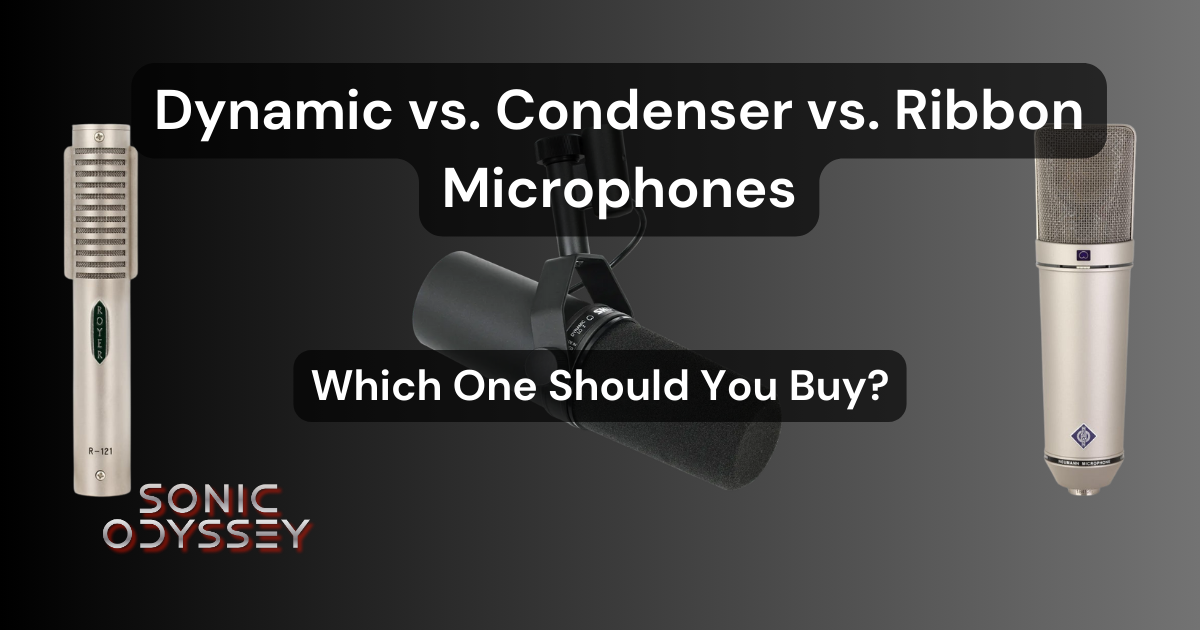
Not sure which type of mic works best with your new preamp? This article breaks down the strengths and weaknesses of each, helping you match the right mic to the right preamp for the sound you want.
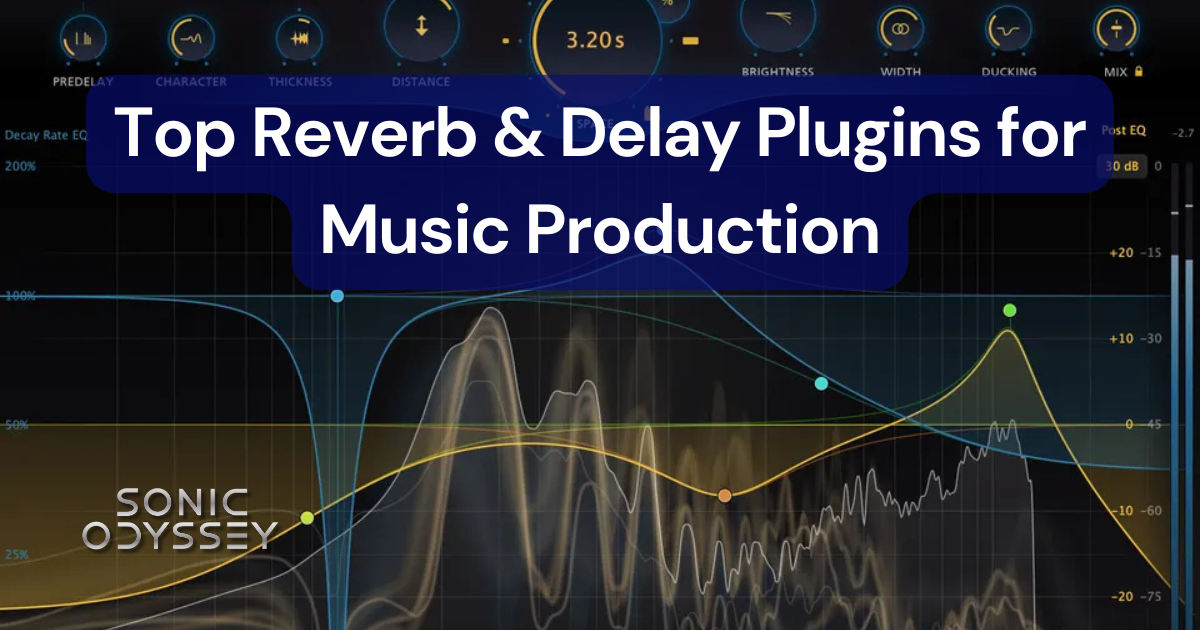
Once you’ve captured a clean signal with your preamp, depth and space come from effects. This guide highlights the best reverb and delay plugins for creating mixes that feel big, lush, and professional.
Focusrite Scarlett OctoPre

The Scarlett OctoPre is an affordable way to add eight clean channels of preamps via ADAT. It’s straightforward, reliable, and a workhorse in many project studios. Focusrite also makes a Dynamic version with built-in compression on every channel, and for a step up in quality, the Clarett OctoPre delivers more headroom and better converters.
👉 Great for expanding a modest setup without spending a fortune.
Warm Audio TB12 Tone Beast
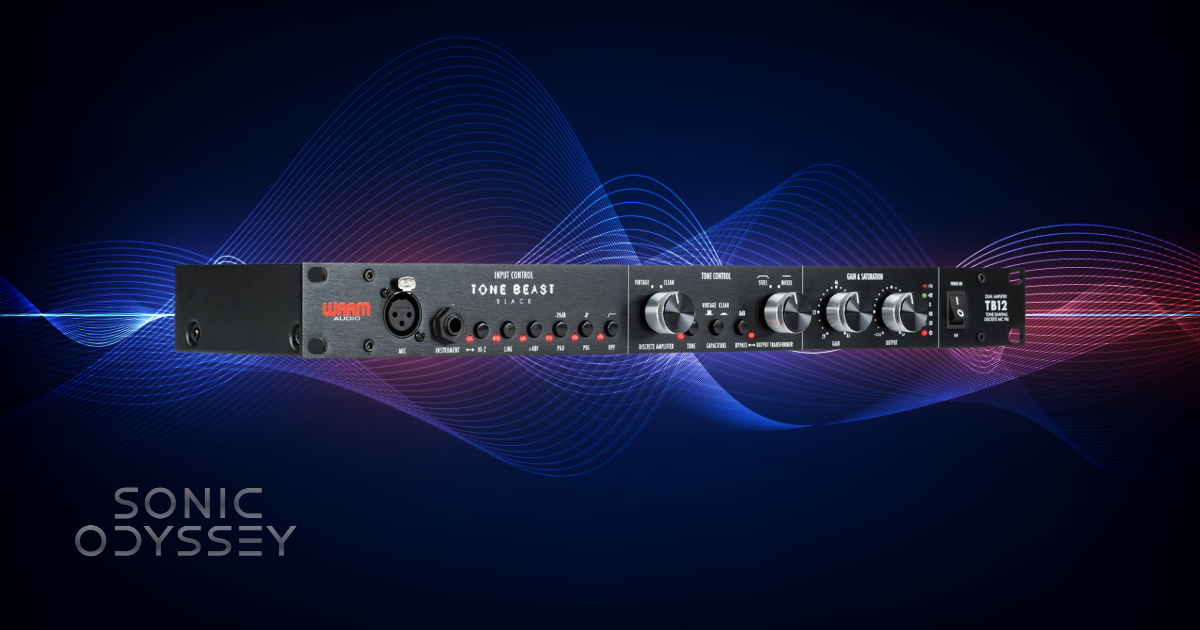
The TB12 is a colorful, flexible preamp inspired by classic American designs. I think a lot of the switching options have minimal audible effect (listen, you will NOT be able to hear a sound difference in switching out capacitors). It has a ton of gain, so I love using it with ribbons. The metering also works well for how I like to dial in gain.
This one is a personal favorite, versatile enough to handle vocals, guitars, or bass with character.
Focusrite ISA One
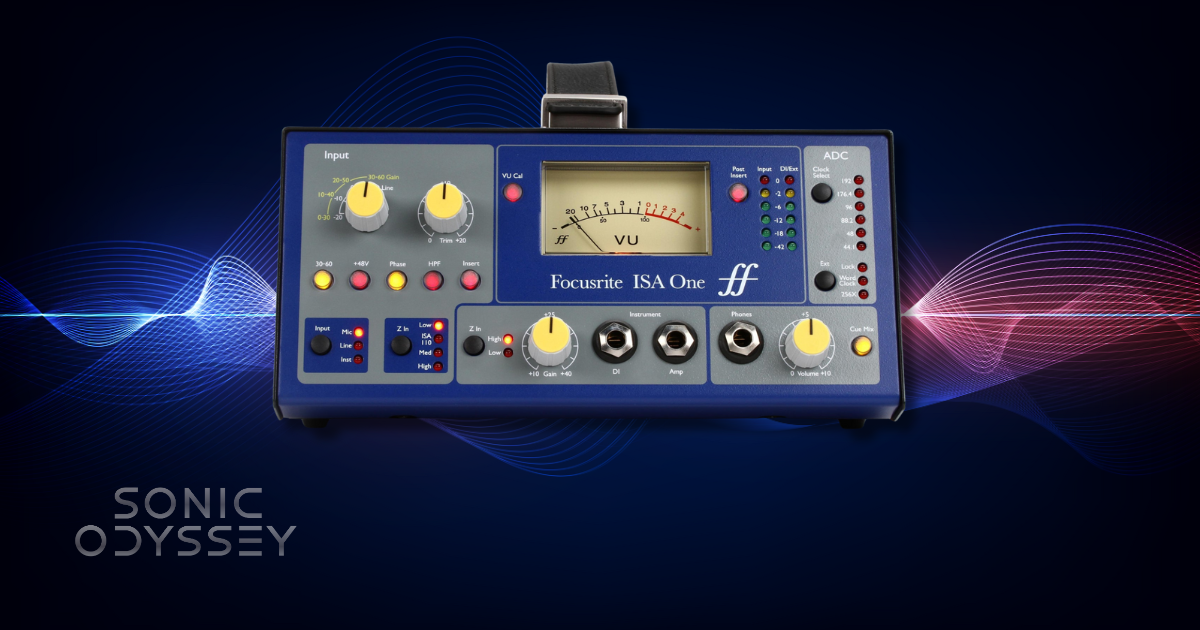
Focusrite’s ISA series is legendary for its transformer-based sound. The ISA One brings that classic Rupert Neve-designed preamp circuit into an affordable single-channel unit. Focusrite gear is a great bang for your buck. The ISA can get some nice console crunch when you drive it into saturation.
If you need more, the ISA Two, 428, and 828 scale things up with multiple channels. I used the ISA Two extensively on my early records, and its clarity and punch are still impressive.
Warm Audio WA73-EQ
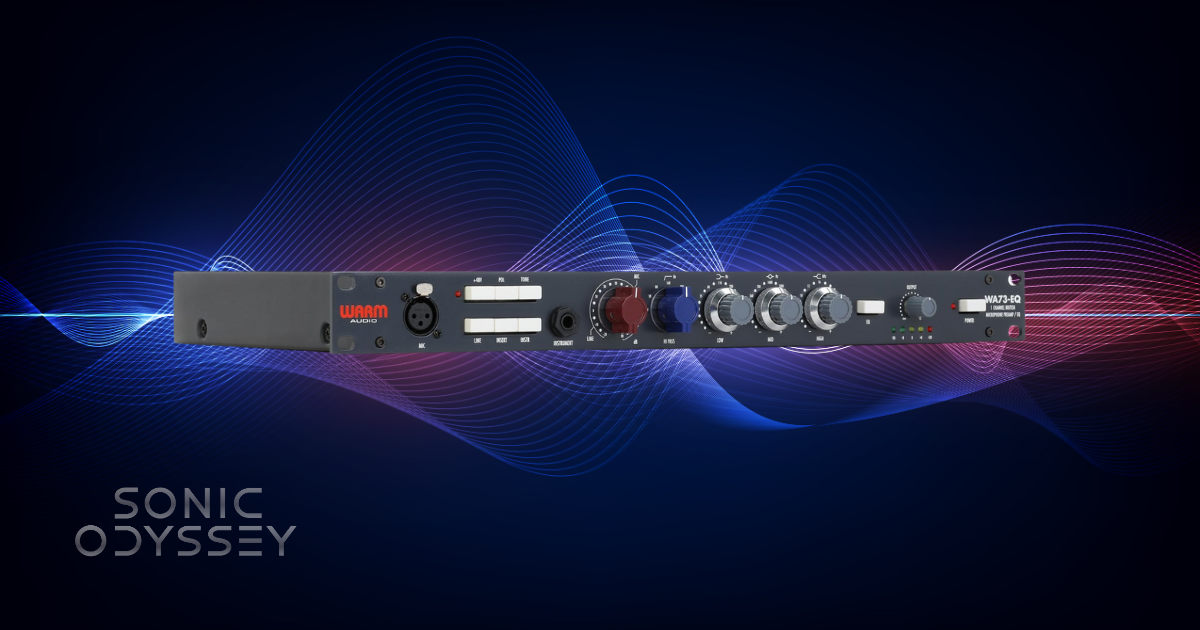
If you love vintage British mojo, the WA73-EQ nails the sound of the classic 1073. It’s especially great with ribbon microphones, adding warmth and thickness that brings sources to life. This is another pre where you have to spend some time finding the sweet spot. I still find myself tweaking a lot. The EQ versions are really powerful and useful for the creative producer.
It also comes in stereo and non-EQ variants if you need flexibility. Another personal favorite for max vibe.
Universal Audio 710 Twin-Finity
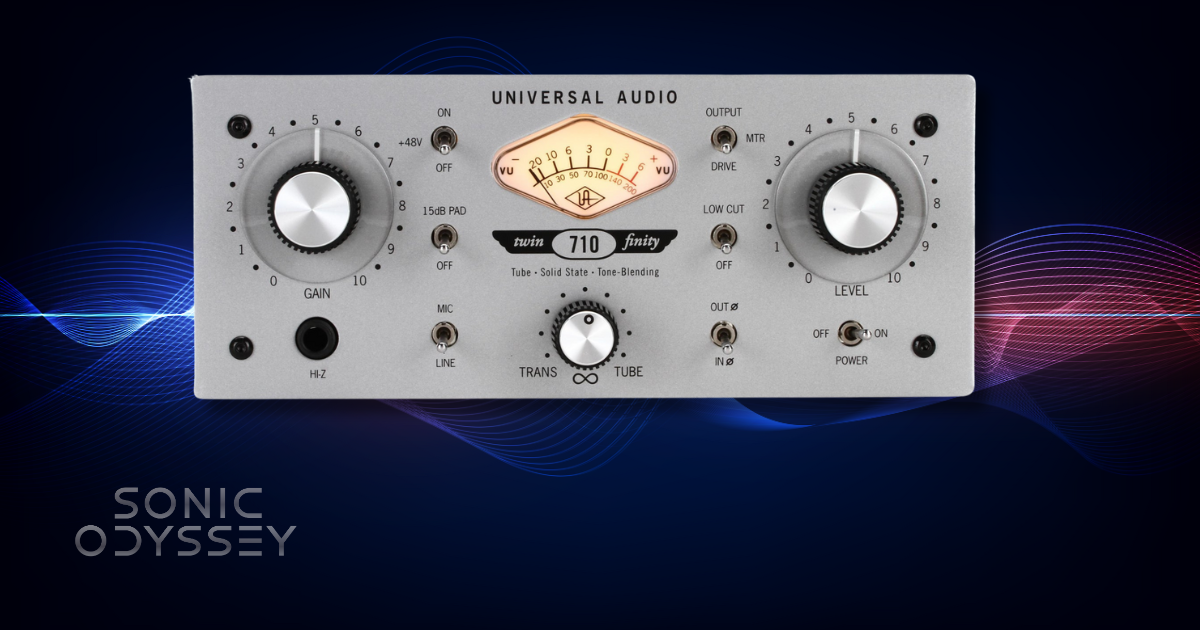
No list of preamps feels complete without something from UA. The 710 Twin-Finity is unique because it blends tube and solid-state tones, giving you a ton of flexibility. Want clean? Go solid-state. Want warmth? Go tube. Or blend both.
If you want to invest more, the UA 4-710d gives you four channels and built-in compression, a serious upgrade for bigger setups.
Upgrade Options Worth Considering
If you’ve got more budget and want to step into serious territory, here are two worth looking at:
- SSL PureDrive Quad - Four channels of SSL’s signature punch and depth. Great for guitars, vocals, and basically anything you throw at it. An eight-channel version is also available.
- Empirical Labs EL-9 Mike-E - Part preamp, part compressor, part saturation tool. Empirical Labs makes gear you’ll never regret buying.
Things to Consider Before Buying a Preamp
A preamp isn’t just about “better sound.” There are several key questions to weigh before you put money down, and each deserves more than a quick bullet point.
What are you trying to accomplish?
Different preamps have different strengths. Some are designed for pristine, transparent gain that captures every nuance, while others lean heavily into saturation and color. If you want your recordings to sound bigger and more dimensional, choosing a preamp that matches your sonic goals matters more than following trends. For example, a transformer-based pre will often add thickness, while a clean solid-state circuit might give you surgical clarity.
It’s also worth thinking about the number of channels you need. If your goal is only to record vocals or a single instrument at a time, a single-channel preamp with plenty of headroom and tone-shaping options may be perfect. But if you’re tracking drums, running stereo pairs, or miking a guitar cab with multiple microphones, you’ll quickly run out of inputs. In those cases, a multi-channel preamp or an ADAT expander can save you money and hassle in the long run.
How will it connect to your interface?
Connectivity is critical. Many affordable preamps expand via ADAT, which is convenient if your interface supports it, but useless if it doesn’t. Others rely on analog line inputs, which means you need enough I/O on your interface to make use of them. Before buying, sketch out your signal chain so you’re not stuck with a box that can’t easily integrate into your current setup. If you're doing analog connections, make sure to go into a line input and not run your preamp into another preamp...unless you're a mad lad and have something twisted in mind.
Will your mics benefit?
Not every microphone actually needs an external preamp. Condensers usually sound great through clean interface pres. But ribbons and dynamics often require more gain, and a better preamp can make the difference between dull and detailed. If you already own gain-hungry mics like the Shure SM7B or a ribbon like the Beyerdynamic M160, investing in a quality preamp is almost mandatory. Also, don't start investing in a preamp upgrade if you're still rocking Behringer and MXL mics.
Tubes don't magically make a circuit good.
It’s easy to assume tubes automatically mean warmth and magic, but that’s not always the case. A poorly designed tube stage can sound flat or noisy, while a great solid-state design might deliver the vibe you’re after. Focus on reputation, design, and sound clips rather than buzzwords. Circuit design is king in the analogue audio world.
Be patient.
Analog gear takes time to master. A preamp may feel subtle at first compared to plugins, but its value becomes clearer as you learn the gain staging, transformer response, and how it interacts with different microphones. Think of it as an instrument in its own right. The more you practice with it, the more you’ll unlock its potential. It took me a few weeks to really get the hang of my SSL PureDrive. I thought it sounded pretty weak until I found the sweet spot. Even having had it for nearly 2 years, I'm still discovering new tricks.
More Gear & Guides
Level up the rest of your front end with these picks:
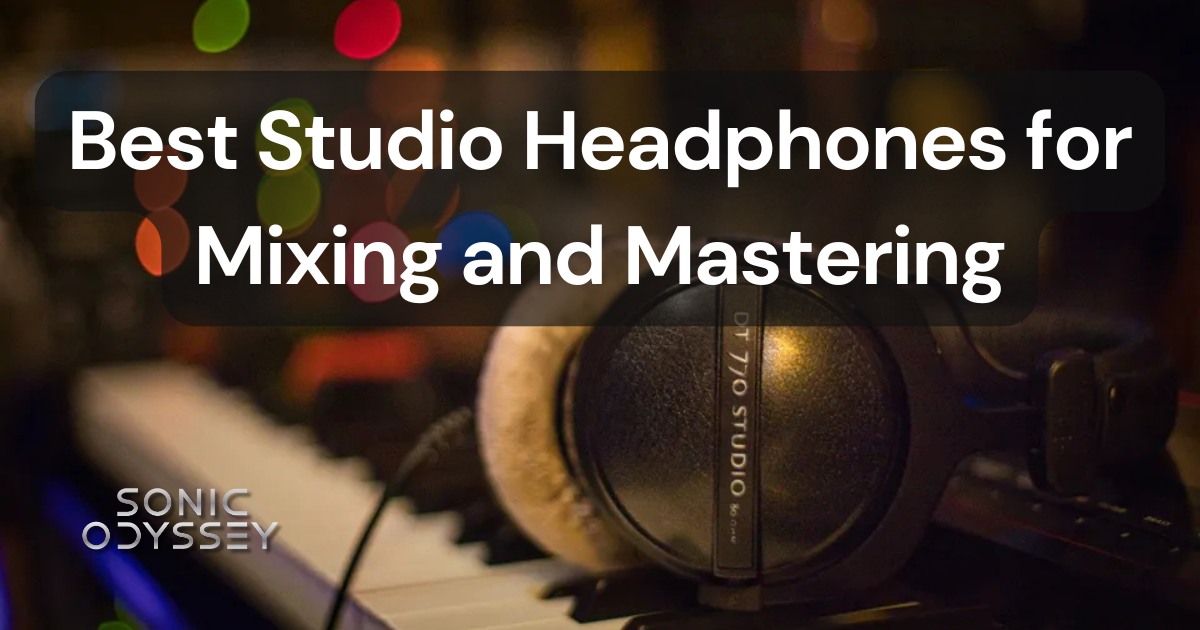
Our current favorites at multiple price points.
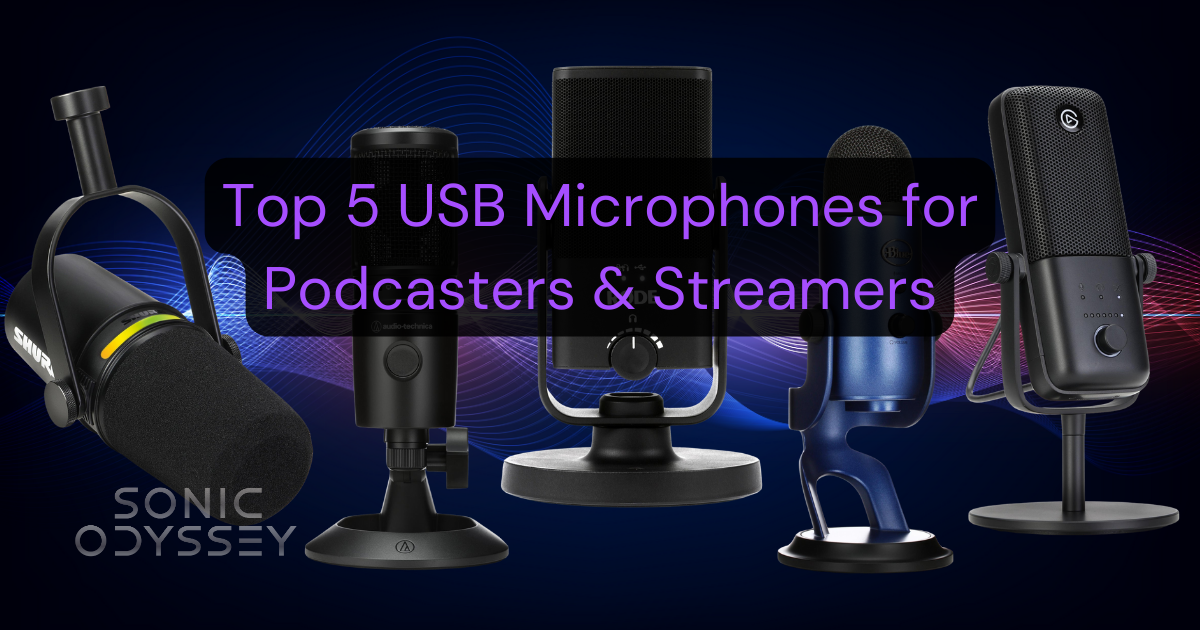
Quick wins for voice-first creators.
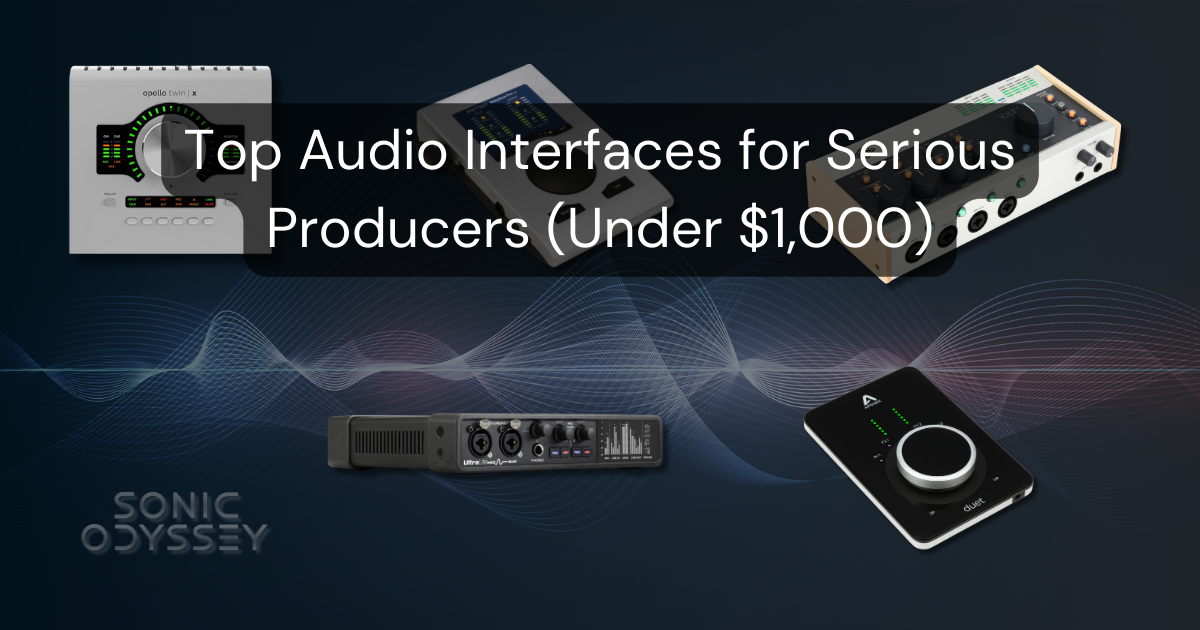
Step up your converters and I/O.
Affiliate Disclosure: Sonic Odyssey is reader-supported. Some of the links on this page are affiliate links, which means if you click through and make a purchase, we may earn a small commission at no extra cost to you. This helps us keep the lights on and continue creating in-depth, unbiased content.











